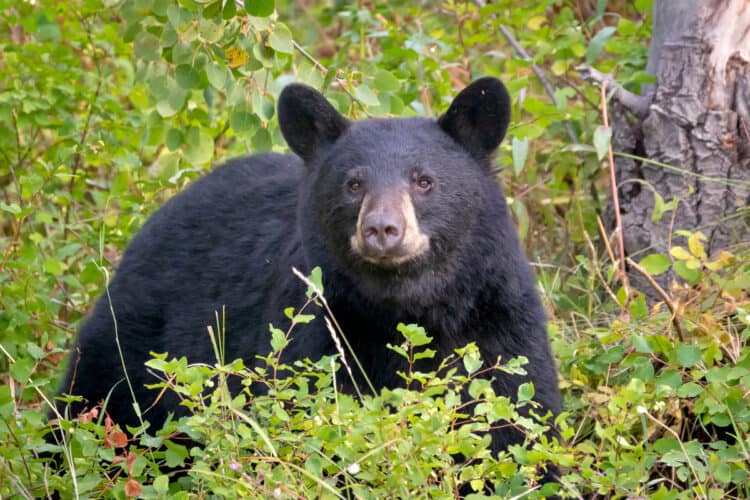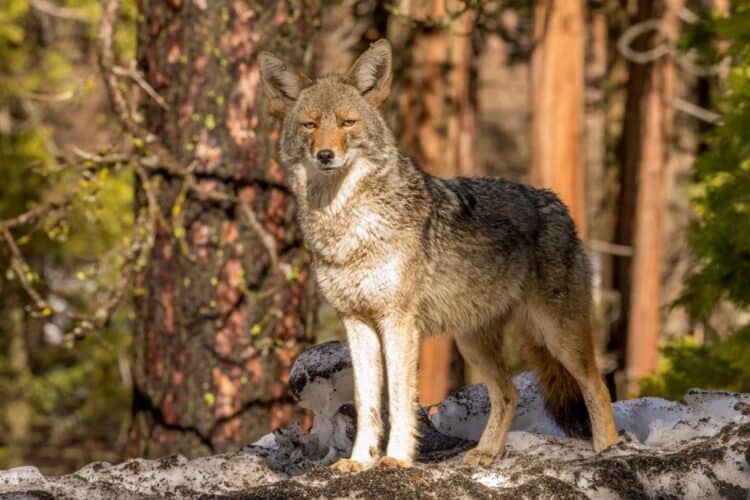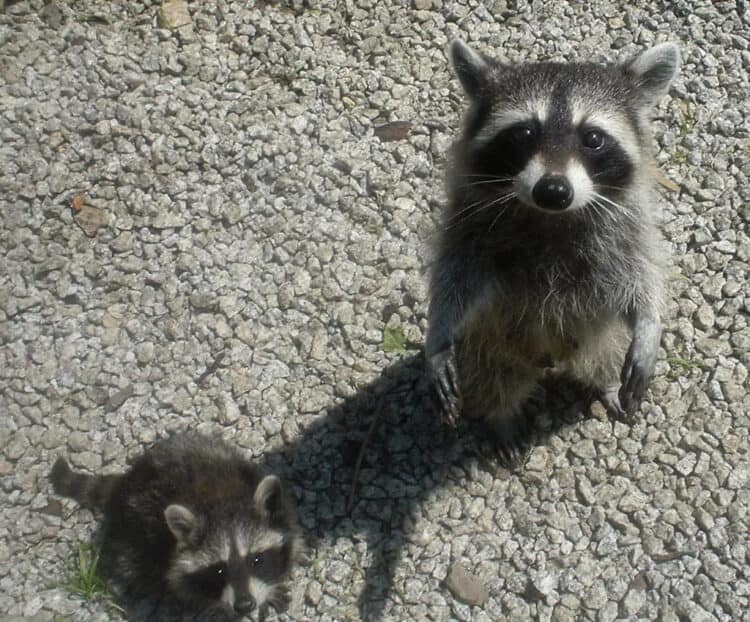Summer can be a fabulous time of the year to explore the natural world, but it can also be high season for people becoming carried away with getting close to wild animals. In part one of this series, we covered why being a humane traveler for animals entails not supporting attractions that offer close encounters with captive wildlife, and even avoiding “liking” photos of such encounters on social media. In this second installment, we focus on how to be a humane traveler when it comes to animals in the wild.
Human development has fragmented wildlife habitats so significantly that there are far fewer wild places for animals to live in peace; as a result, parks have become essential for preserving ecosystems and allowing animals space to thrive. But when these areas also attract millions of tourists, as in national parks across the U.S. and especially during the summer, incidents of dangerous, irresponsible and even illegal encounters with wild animals become more common.
Some encounters are well-intentioned but ultimately prove disastrous, as in the case of a man trying to save a bison calf (the newborn calf was ultimately euthanized because of rejection by the herd). Others involve more overt harassment, as in the case of a woman getting extremely close to a grizzly bear mother with cubs just for a photo (causing the bear to charge her).
Parks and rangers have gone to great lengths to educate the public on safe behavior, but much more work needs to be done to spread the word, as evidenced by the new moniker floating around social media: “Touron,” a combination of “tourist” and “moron,” is used to describe people shown in photos and videos doing unwise things on vacation.
Rangers can’t always be on the scene to prevent incidents from happening. But everyone can have a hand in helping to raise awareness about how to be a humane traveler for animals in the wild. If you have friends or family members who are planning to visit wild places, make sure to share these tips:
- The mere presence of humans near many wild animals causes them stress. Keep this in mind whenever entering wild spaces or habitat and consider visiting a national or state park that’s lesser known and perhaps less crowded this time of year.
- It’s easy to get carried away when viewing a majestic animal in the wild, especially for the first time. People may mistake seemingly docile animals, like elk, as tame, but these are large, powerful animals who will fiercely defend their young if they feel threatened. Give all wild animals a lot of space; for large species like bison and elk, the National Park Service recommends at least 25 yards.
- The importance of keeping your distance from wolves and bears may be more obvious. Give them at least 100 yards of space. Learn as much as you can about these and other animals you’re likely to encounter before you go, so you’ll understand their behavior and their needs. For example, Yellowstone National Park recommends carrying bear spray as part of its “a bear doesn’t care” campaign.
- Bring binoculars or spotting scopes to view animals at a safe and respectful distance.
- Do not chase after or approach animals to get a better photo.
- If you see an animal you think may be in trouble, do not try to hold or even touch the animal. Speak out if someone is putting themselves or wildlife in danger by getting too close.
- If the emergency persists, contact a park ranger and let them know. For the National Park Service, call, email or text their tip line or call 9-1-1. For other public lands, look up the respective law enforcement information before you go.
- Do not feed wildlife under any circumstances. Doing so habituates these animals to getting closer and closer to humans for food, which can create dangerous situations for everyone. Animals who become accustomed to seeking out food from people may end up being killed by authorities because of public safety concerns.
- Always clean up after yourself and those within your group. Pack out and dispose of garbage, recycling and other castoffs appropriately. Practice bear awareness and make sure food and other attractants are locked down in bear-resistant containers.
The immense privilege of being able to view wildlife like wolves, bison, elk and bears in their natural environment also comes with immense responsibility. Together, we can help raise awareness about how important it is to be a mindful and humane traveler when entering wild spaces.

If you want to take your humane traveling to a whole new level and visit unique destinations around the world, all while making an impact, check out our Humane Journeys travel program. These trips are led by our top program experts and specially designed to offer a tailored, immersive experience into lifesaving work.
This article by Kitty Block was first published by A Humane World on 10 July 2023. Lead Image: Grizzly bears are extremely protective of their cubs, so it’s important for everyone’s safety to keep a great distance, and use a telephoto lens or binoculars, when viewing these animals in the wild. Alamy Stock Photo.
What you can do
Support ‘Fighting for Wildlife’ by donating as little as $1 – It only takes a minute. Thank you.
Fighting for Wildlife supports approved wildlife conservation organizations, which spend at least 80 percent of the money they raise on actual fieldwork, rather than administration and fundraising. When making a donation you can designate for which type of initiative it should be used – wildlife, oceans, forests or climate.







Leave a Reply